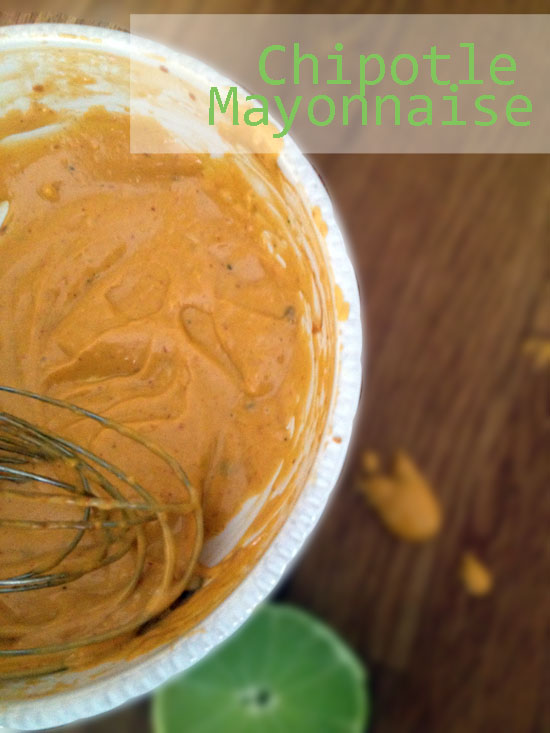
Tomorrow we are packing our Jeep and heading up the coast of Maine, hopefully making it all the way to Bar Harbor. I say hopefully primarily because the Jeep we are driving has 200,000 miles and is from 1994. I’m pretty much shocked every time it makes it to the local convenient store. But we are taking the risk in order to reap all the benefits of the fresh ocean air. Wish us luck and wave to us if you see us stranded on the side of the road.
Before I finish (start) packing I want to share this recipe for chipotle mayonnaise (aioli). It is delicious and adds some extra excitement to a lot of foods. The basis for mayo and aioli sauces is raw egg yolk. If you don’t want to use raw egg yolk you can either a) buy pasteurized egg yolk b) substitute a large portion of the recipe using store bought mayonnaise and just add the seasoning/chipotles to it. I’ve done it using raw egg yolk and also using store bought mayo as well. It comes out good both ways but making your own fresh aioli using raw egg yolk definitely more delicious and it has an almost entirely different taste.
What is aioli(ay-O-lee)? Nowadays its pretty much used synonymously with mayonnaise. Technically aioli is a blend of oil, egg yolks and garlic. And traditionally, mayonnaise is a blend of oil and egg yolk. If you don’t typically like store bought mayonnaise do not write off homemade mayo. It’s creamier, fresher and has a more complex flavor that lends itself better to using as a sauce instead of strictly on sandwiches. Plus the opportunities are endless. Once you master the basic recipe there are so many ways to customize it. You can add chipotles, you can make a lemon mayo, you can add fresh herbs and make a rosemary thyme mayo, tarragon mustard, cilantro-lime – it’s really endless and frankly pretty exciting if you ask me.
To create mayonnaise emulsification must take place. This is the process of combing two liquids that normally cannot be combined. Emulsion occurs when you slowly add one of the liquids to the other while mixing vigorously. The emulsifier is the lecithin, which is found in an egg yolk, and it acts as a liaison between the yolk and oil helping it stay together. This can get really scientific and detailed but this is the gist of it.
Other things made from an emulsion are hollandaise sauce, vinaigrettes and cream sauces.
Here are some of my favorite things to do with the chipotle mayo:
Drizzle over shrimp.
Drizzle over some grilled corn.
Mix with tuna for an extra zesty tuna sandwich.
Some other things you can do with it:
Dip your fries in it.
Drizzle it over grilled vegetables or as a dip for raw veggies.
Use as dip for toasted bread.
Pour over your favorite fish.
Use on your favorite sandwich.
Mix with shredded chicken to make a chicken salad.
Topping for a taco.
Stir into your guacamole for an extra kick and added creaminess.
The possibilities are endless.
Try it and be amazed what a little egg yolk and oil can produce.
- 1 large egg yolk
- 1 small garlic clove, finely grated
- ¼ teaspoon salt
- ¼ cup grapeseed oil
- ¼ cup good-quality extra-virgin olive oil
- Fresh lime juice (about 1 teaspoon)
- Freshly ground black pepper
- 1 chipotle pepper (minced) in a tablespoon of the adobo sauce
- If you are using raw egg yolk:
- Whisk egg yolk, garlic, ¼ tsp. salt, and 2 tsp. water in bowl to blend well. Whisking constantly, slowly drizzle in grapeseed oil, in a slow thin stream, until sauce is thickened and emulsified. Whisking constantly, add olive |oil in a slow, steady stream. Season with lime juice, salt and pepper.
- If you are using store bought mayonnaise:
- Whish the garlic, chipotle and adobo sauce, lime juice, salt and pepper into the mayo until well blended.
- Troubleshooting your mayo (aioli):
- Is your mayo looking watery? You can still save it. Put it aside and get a new egg yolk and whisk. Use your watery mayo as the 'oil' and slowly pour in a thin stream into your fresh egg yolk while whisking. This should stabilize and thicken.
- Is your mayo looking too thick? Slowly slowly add a bit of water while whisking.
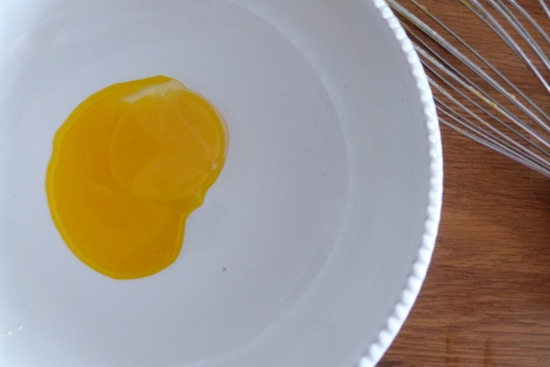
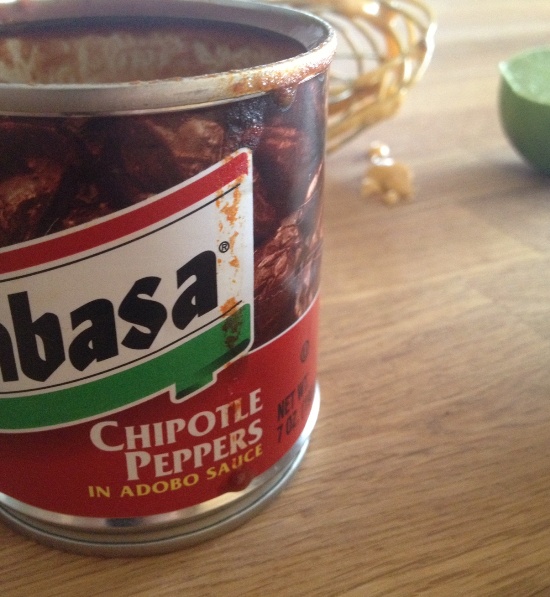
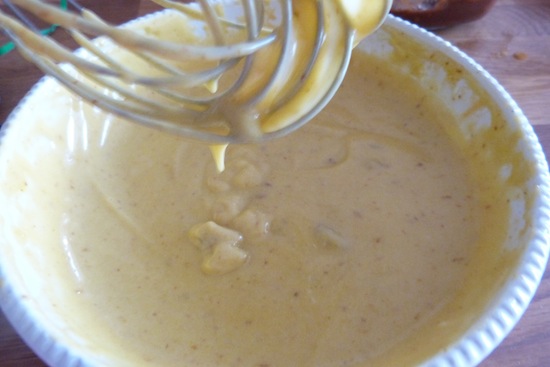
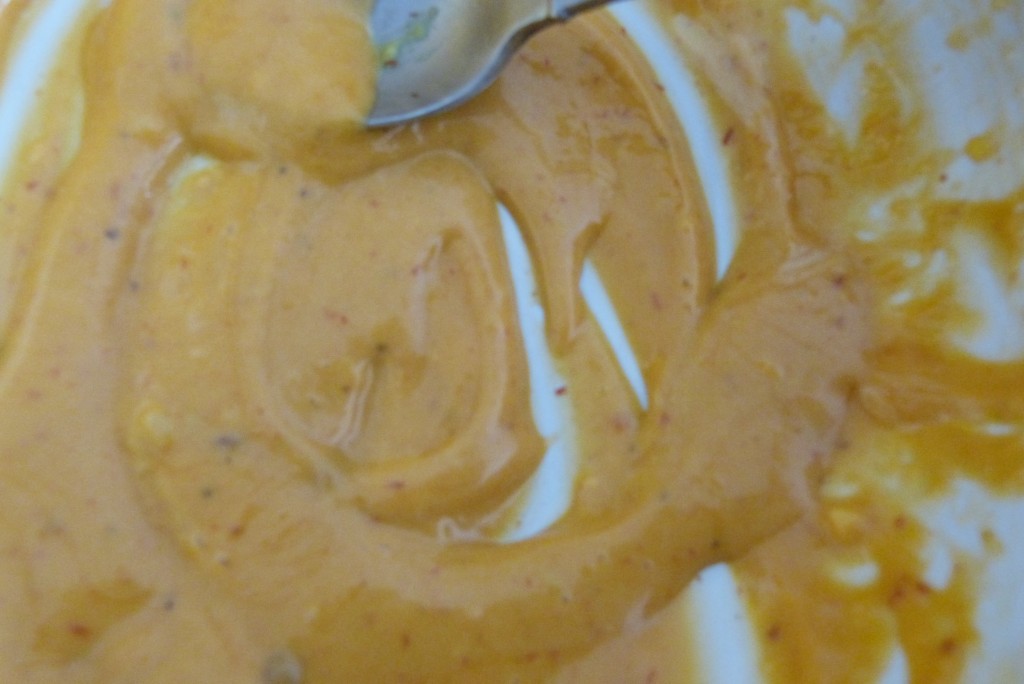
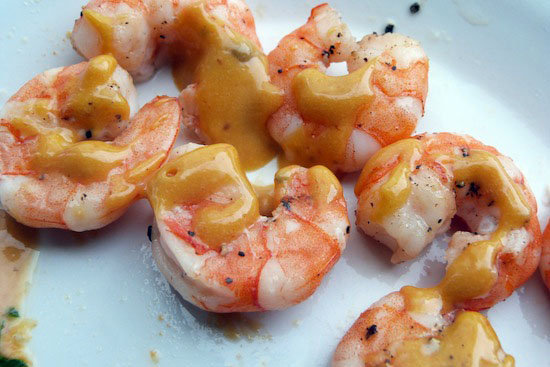
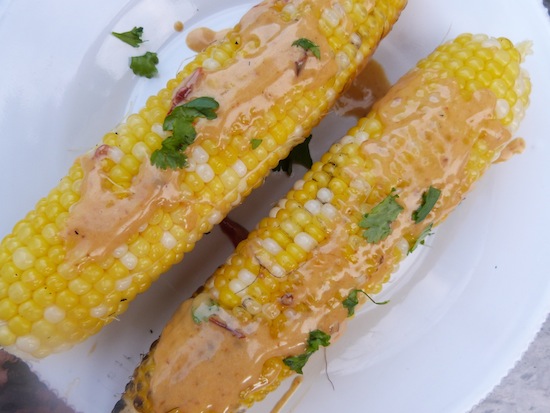
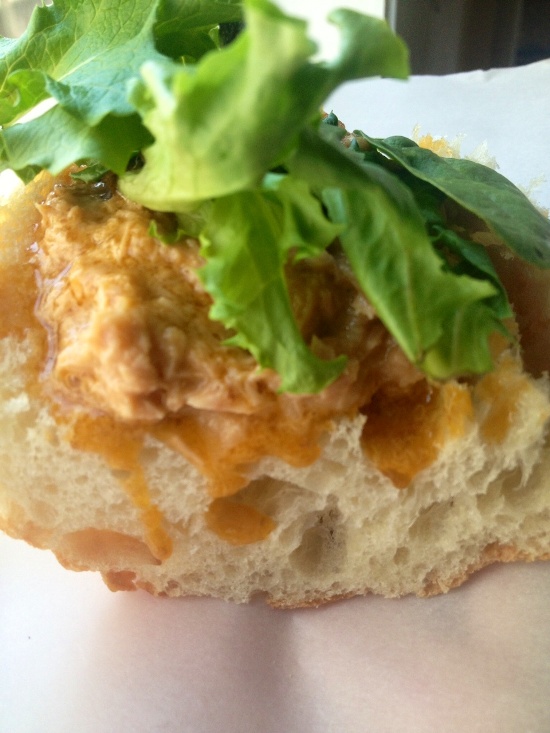
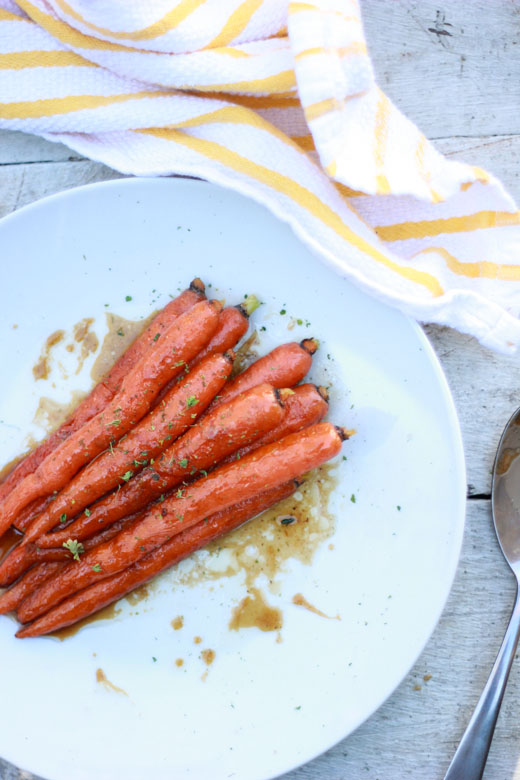
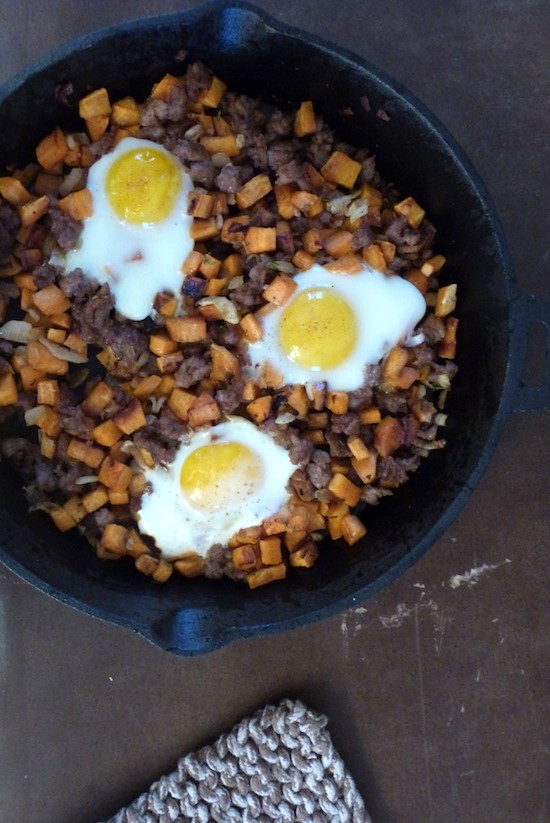
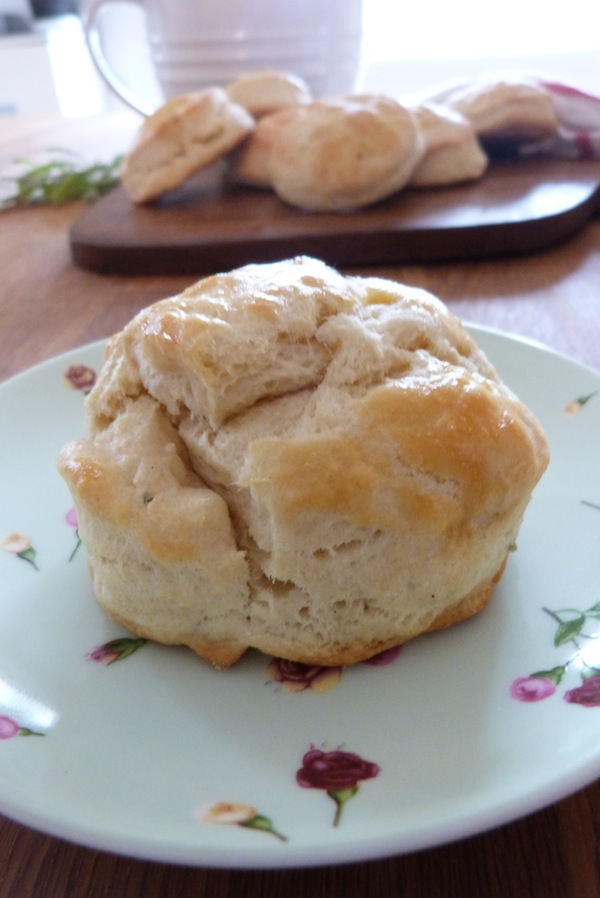
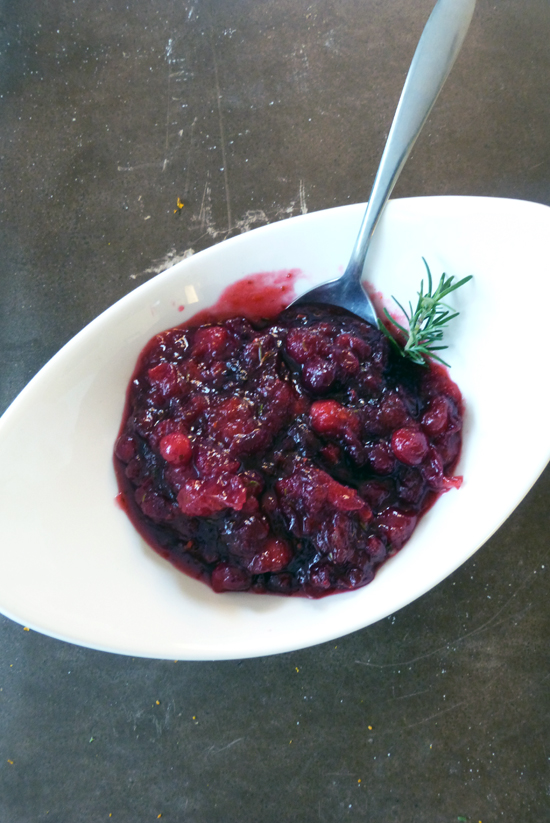
 Hello! My name is Christina and I started this blog to share my love of food. You can find recipes of all kinds here but I try to keep them simple and of course delicious!
Hello! My name is Christina and I started this blog to share my love of food. You can find recipes of all kinds here but I try to keep them simple and of course delicious! 
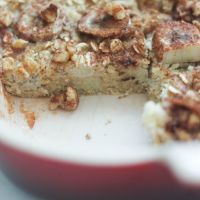

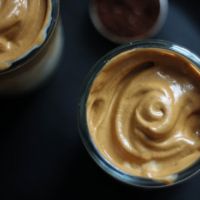
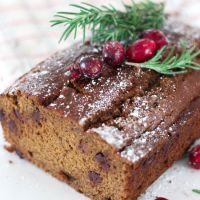
{ 0 comments… add one now }